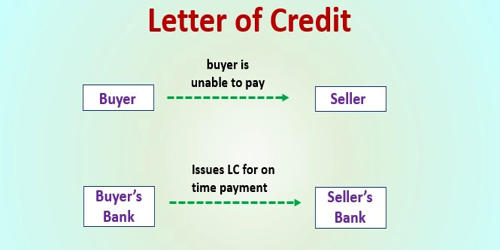Acute lower back pain actually refers to sudden or recent onset of pain in the lower back, typically lasting for a few days to a few weeks. A common condition can affect people of all ages and is often caused by muscle strains, sprains, or injuries to the ligaments and discs in the back.
According to a recent study by Johns Hopkins Medicine, early physical therapy (PT) beginning for American patients with acute lower back pain (LBP) was linked to less use of medical resources in the first month and the first year following the initial onset of symptoms. Advanced imaging, specialized appointments, epidural steroid injections, and ER visits were among these medical services.
The study defined early PT as starting within two weeks of symptom onset, and found that patients who received early PT were half as likely to visit the ER within 30 days of symptom onset as those who did not.
The study was published by BMC Health Services Research in July 2022.
Lower back pain affects a sizeable portion of the U.S. population, ranging from 1.4% to 20%, and it accounts for substantial health care expenditures.
“Our goal was to determine if early PT for patients with lower back pain had an impact on their overall health care resource utilization,” says Richard Skolasky Jr., Sc.D., M.A., the study’s senior author and the director of the Johns Hopkins Spine Outcomes Research Center. “We were especially curious about the 30 days after initial symptom onset, as this is when patients are most likely to seek care.”
As the U.S. population ages, the prevalence of lower back pain is expected to increase, along with the associated costs of treating it. Furthermore, with advances in imaging and treatments, the cost of managing lower back pain has increased substantially. Our findings have important implications that may guide health care policy when examining downstream health care costs and resource utilization.
Richard Skolasky Jr.
Using Truven MarketScan, a group of U.S.-based administrative health care insurance claims databases, the researchers selected nearly 980,000 U.S. claims cases. The de-identified individuals in these claims, who initially presented with acute LBP between 2010 and 2014, had an average age of 47. Approximately 11% of the patients received early PT.
The team evaluated the cases and calculated the cost of the LBP-related services that were categorized with a diagnostic of the musculoskeletal system. The team then contrasted the outcomes of patients who received early physical therapy and those who did not after 30 days and a year after presentation.
The early PT group had a significantly lower incidence of needing medical services, such as ER visits, in the first month and the first year after presenting with acute LBP when compared to those who did not undergo early PT.
In the first 30 days following the beginning of symptoms, the early PT group also spent less money on LBP-related services.
“As the U.S. population ages, the prevalence of lower back pain is expected to increase, along with the associated costs of treating it,” says Skolasky. “Furthermore, with advances in imaging and treatments, the cost of managing lower back pain has increased substantially. Our findings have important implications that may guide health care policy when examining downstream health care costs and resource utilization.”
The research team thinks that clinical outcome measures should be used in future studies on the effects of early PT to assess how it affects patient health.
















